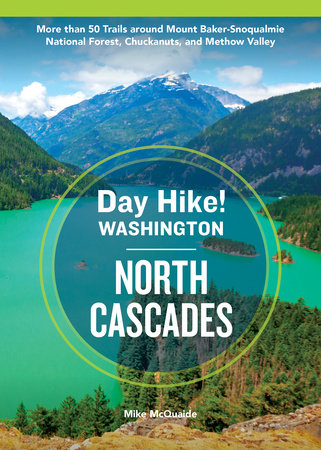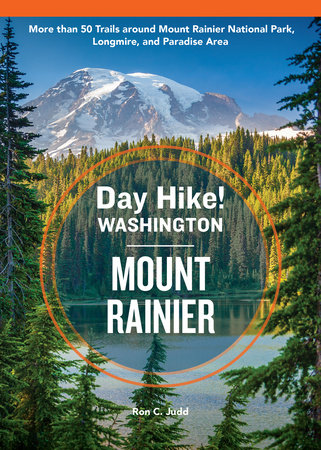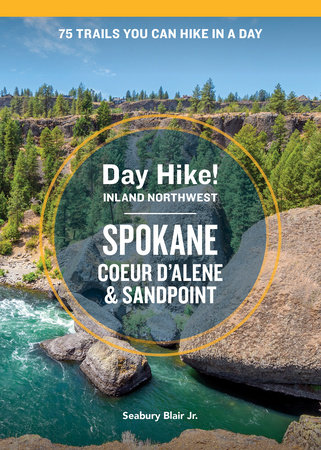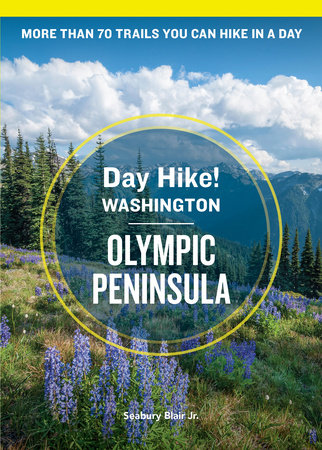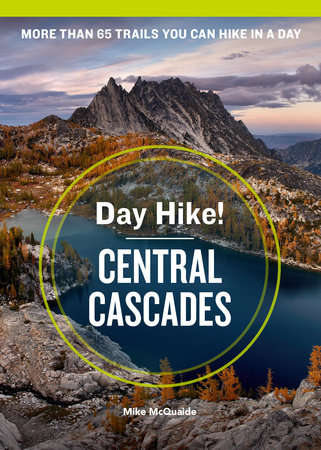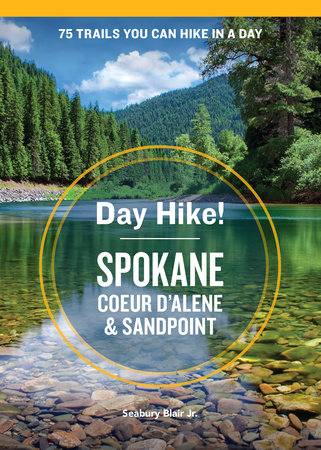Excerpt
Day Hike Washington: North Cascades, 5th Edition
WHAT’S NEW IN THE 5TH EDITION With this guide now in its 5th edition, we aim to make it as user-friendly as ever. We thoroughly rechecked all the data related to the trails and their current conditions, including contact information and best times of the year to access the hike. Other upgrades are distinctly aimed at accessibility, with new denotations of trails accessible by mobility devices (more on page XX). But some of the most extensive changes since the last edition involve issues related to climate change.
Many people in the northwest have now begun referring to the time between summer and fall as “fire season.” The fire season brings new problems, such as air quality issues and loss of habitat. With such extreme weather conditions, many trails and roads end up flooded or washed out, leaving many areas of the park inaccessible until park crews can rebuild or repair the affected areas.
Fire management has been implemented to aide in the preservation of ecosystems, sensitive species and their habitat. This management consists of prescribed fire—these are fires intentionally ignited and controlled by NPS in specific areas of the forest to reduce fuel availability for future wildfires or for ecosystem restoration. Trees are thinned in high-risk areas to further reduce fuel availability. Projects involving the restoration of native vegetation around Lake Roosevelt are being conducted to improve the forest health and to make the area more defensible against wildfire. These tactics, combined with targeted fire suppression tactics, are intended to improve the forest’s ability to recover from wildfires by limiting the amount of damage inflicted by wildfires.
Studies are underway to examine the impacts of human-driven climate on snow pack, glacier recession, park resources, and park management. The glaciers of the North Cascades have lost over 50 percent of their area in the last 100 years, due to increased summer melt and decreased winter snowfall. The warmer temperatures and loss of glaciers has resulted in decreased river and stream flow, endangered habitat for Chinook salmon and bull trout, and a forest line which has crept further and further into alpine and subalpine areas. NPS is currently conducting research to identify vulnerable wetlands, monitor butterfly distribution, and to improve our understanding of how pikas can adapt to these fluctuations in temperature and habitat. Improvements to lessen the park’s environmental impact are ongoing, and to date have consisted of installation of energy efficient windows and insulation in park buildings, waterless urinals at visitor center restrooms, and implementing a “no idling” policy within North Cascades National Park.
As the park attempts to solve climate change related issues, they must also prepare themselves for the influx of visitors that arrive each year. National parks have seen a surge in visitation since the Covid-19 pandemic of 2020, and many areas of our national parks simply were not built to withstand the amount of traffic they are now experiencing. While many parks require a timed-entry permit, North Cascades National Park hasn’t seen enough of an increase in visitation to necessitate such strict measures. So, breathe easy! For now, North Cascades National Park and its surrounding areas may feel a bit more crowded, but visitors are still able to come and go freely.
With this increase in visitation comes an increasing amount of interaction between humans and wildlife. It must be mentioned that NPS has released new guidance regarding bear activity – the picnic areas of the parking area for Boston Basin and Johannesberg camp have been closed due to increased bear activity. In addition to these closures, it is inadvisable to eat along the Cascade River Road and the Boston Basin trailhead. More human visitors bring more garbage, which can attract bears. While it may seem fun to see a bear foraging through a picnicker’s leftover scraps, the bears can become aggressive and require intervention from NPS. Under extreme circumstances, the Department of Fish and Wildlife will sometimes euthanize an aggressive bear. For the bear’s sake, heed any advice regarding areas where humans should avoid grabbing a trailside snack.
The pressures placed on NPS are high. In addition to the problems outlined above, many trails face permanent, temporary, or seasonal closures. The 5th edition of this has replaced two hikes which are inaccessible for the time being due to a washed-out forest service road. However, with the ever-changing conditions of the North Cascades, hikers should always be mindful of how suddenly their surroundings can change and how frequently natural disasters can put their plans on hold. Always check current weather and fire conditions for road and trail accessibility and be prepared for rapidly changing conditions in the wilderness. But most importantly, get out and enjoy some nature!


